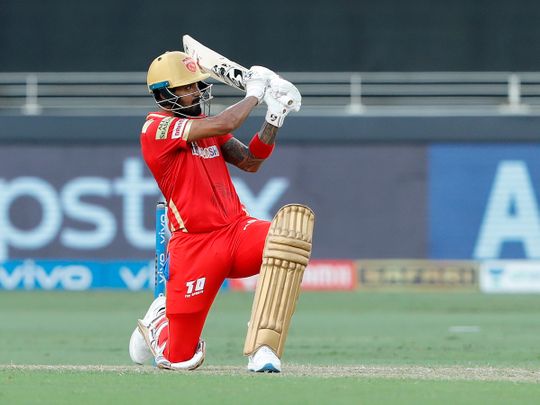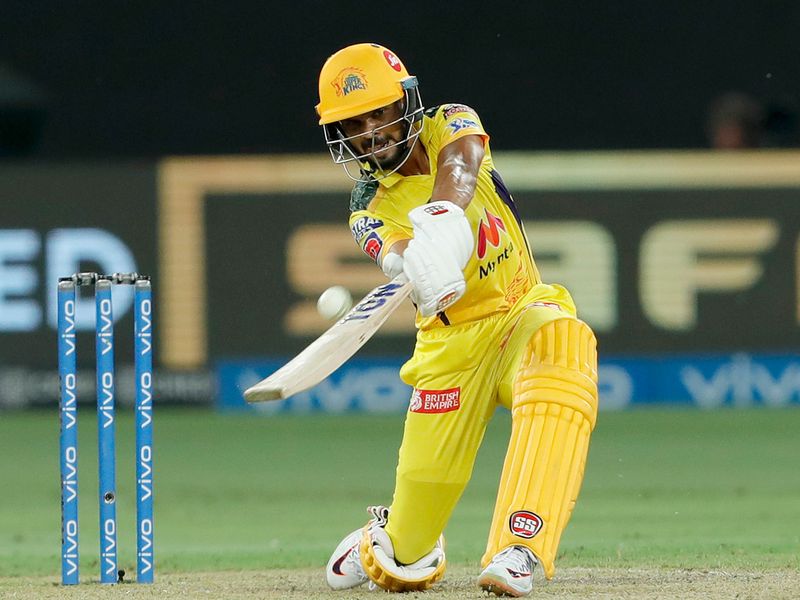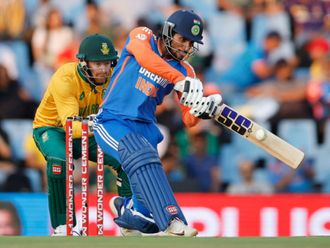
“We want sixer…We want sixer”. That’s one of the oft-repeated demands from spectators during T20 games. During IPL matches, the stadium announcer works the crowd into a frenzy, urging them to demand sixes. Seriously? Do you have to ask for sixes?
This is T20, and boundaries are the name of the game. Sixes come without asking. Powerplays are designed just for that. Batters can play lofted shots without the risk of being caught on the boundary since only two fielders patrol the fence. And the six, or the good old sixer, have a pet name now: maximum. Prefix that with the name of the sponsor, and the cash registers start ringing.
It’s a far cry from the days when Test cricket was the only gig in town. Those days, you’ve to be lucky to see a six in a day’s play. Well, the demand was there. In the seventies, young ladies in the stands would ask for sixes. And Salim Durrani, the India all-rounder who seemed to have stepped out of a movie set, would oblige. That would send the crowd into raptures.
Sixes in the seventies
But then times were different. Those were the days of Sunil Gavaskar and Geoff Boycott. A time when orthodox shots and a refined technique were cherished. A time when Gavaskar dropped dead a Malcolm Marshall express delivery with a solid back-foot defence, eliciting gasps of admiration from the crowd. A time when coaches and coaching manuals advised budding cricketers to roll their wrists when they play the square-cut or a pull. A time when the ball had to be played along the ground. That’s why sixes were a rarity.
West Indians were the biggest six-hitters in the late seventies. Roy Fredericks, Alvin Kallicharran, Gordon Greenidge and Vivian Richards were some of the best exponents. They all played the hook and pull so well and so viciously that the ball vanished into the crowd in an arc from fine-leg to square-leg.
Cricket has changed. So did spectators’ tastes. When stands are bare during Tests, and when people come in droves for one-day matches, it’s clear that cricket has become a batsmen’s game. The crowds want to see runs. The quicker, the better. And sixes are the best way to send the scoreboard and pulses racing.

When One-Day Internationals (50-over games) face a threat to its existence due to the increasing popularity of Twenty20 games, you know cricket has changed beyond recognition. T20 matches are the new addiction. When people skip movies and switch television channels during prime time to watch IPL, the allure of the shortest format of cricket is unmistakable. Runs, quick runs, and boundaries are the attraction.
Imagine a T20 match where only 100 runs are scored in an innings. It means bowlers have held sway. For a purist, it would have been a battle of attrition since batters have to pit their skill and technique against the domination of bowlers. Such low-scoring games are killjoys for spectators brought up on a diet of T20 games.
Batsmen have become more adventurous to rack up runs in T20 matches. They are fearless and ready to take on the fielders on the boundary. The confidence is mindblowing as they clear the fence with amazing regularity. And the bats are so good that even mishits carry over the ropes. With a dominant bottom-hand grip, batters easily find boundaries around the field.
more write clicks
- IPL 2021 in UAE: How Umran Malik of Sunrisers Hyderabad became the fastest Indian
- IPL 2021 in UAE: How the Kolkata Knight Riders revived their title hopes
- IPL 2021 in UAE: Why Robin Uthappa of the Chennai Super Kings is the king of comebacks
- IPL 2021 in UAE: Sunil Narine and the art of winning games for Kolkata Knight Riders
- IPL 2021 in UAE: How my prediction of a Mumbai Indians win went horribly wrong
So T20 pitches tend to be placid. And when boundaries are shorter, even switch-hits can become sixes, as Glenn Maxwell showed us. With the odds stacked against them, bowlers tend to be supporting acts in a run-riot. The skilful ones can staunch the run-flow in the middle-overs, which generally tend to decide the fate of the games.
Bowlers have had to adapt. Pace bowlers now possess a variety of deliveries in their armouries, and a slower one is a wicket-taking delivery. Runs may be in demand, but the fall of wickets can slow down the scoring. That’s why leg-spinners are a success in T20 matches. Leg-spinners buy wickets. Tossed up deliveries are the lure. So the crowd gets to see sixes and wickets. A win-win!
The IPL Phase 2 in the UAE has seen only one 200-plus score: Mumbai Indians’ 235/9 against the Sunrisers Hyderabad. It no longer rains sixes in Sharjah. But there have been some absorbing battles. Sixes, there have been enough, especially in the powerplay. But the bowlers have hit back in the middle-overs, which in turn has affected the slog overs. This means we haven’t seen enough sixes at the death.
The IPL may be winding down, but the T20 World Cup is coming up. More sixes could be in store.









